15 Athletes Who Were So Great They Literally Broke the Rules
Greatness sometimes flips a sport on its head by forcing officials to rethink what’s fair and what isn’t. It can completely reshape the very structure of a sport. These athletes dominated, for sure, but what really stood out was how they pushed boundaries so far that rulebooks had to catch up.
Their impact was so disruptive that entire leagues scrambled to rewrite how the game should be played.
Lew Alcindor (Kareem Abdul-Jabbar) – Basketball
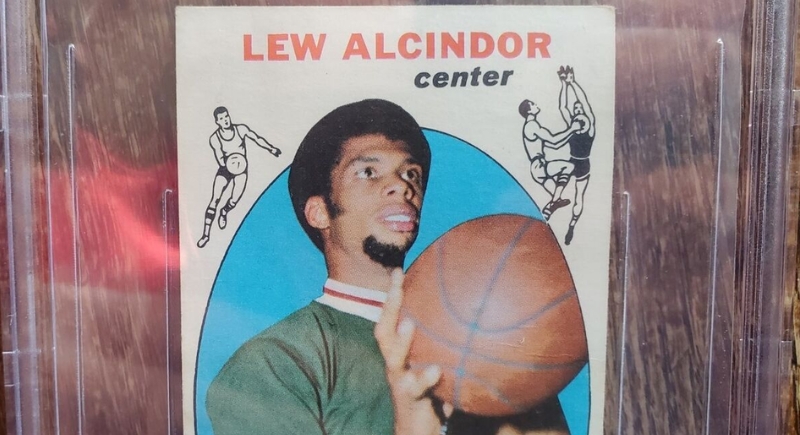
Credit: ebay
Before he changed his name to Kareem Abdul‑Jabbar, his college dominance created headaches for rule makers. UCLA racked up easy dunks until a 1967 decision banned dunking entirely. Alcindor responded by refining the skyhook, a shot that carried him through two decades in the NBA and a record-breaking career.
Wilt Chamberlain – Basketball
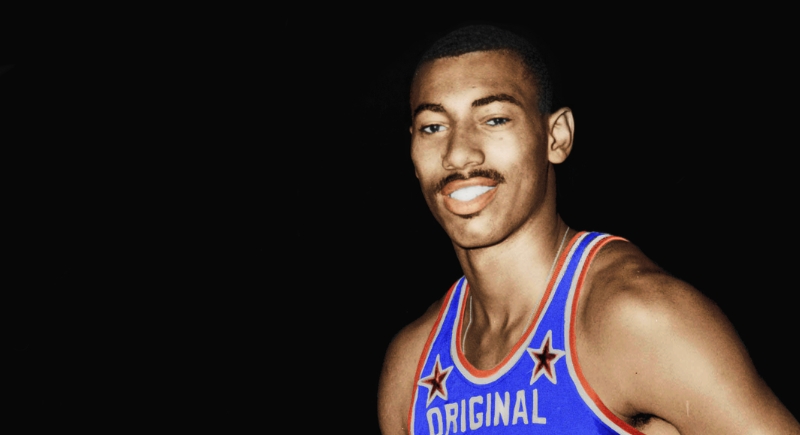
Credit: Wikimedia Commons
Chamberlain’s presence near the rim felt like an unfair advantage, so the NBA widened the lane to stretch him out of position. He also forced a tweak on free throws after leaping over the line for quick put-backs. Those adjustments didn’t stop his impact, but they forever altered how post players approached the game.
Shaquille O’Neal – Basketball
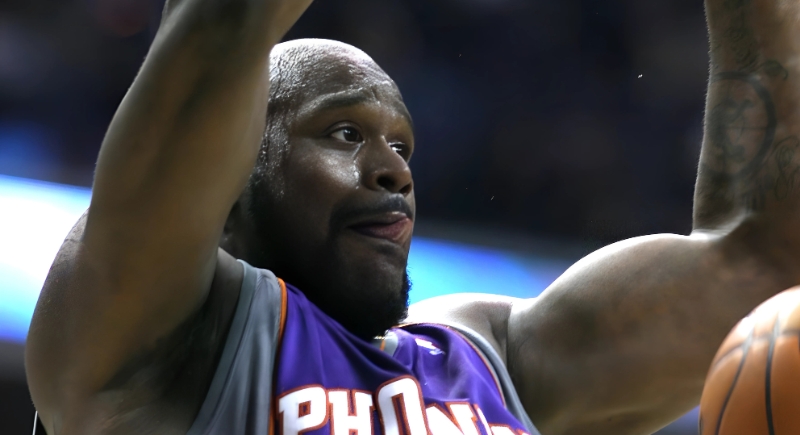
Credit: Wikimedia Commons
Defenders had a strange strategy for Shaq: foul him before he could even try to score. The tactic spread fast, but the league intervened by rewarding free throws and possession in late-game situations. His sheer strength inside also pushed the NBA to bring back zone defenses, a rare shift mid‑era.
George Mikan – Basketball
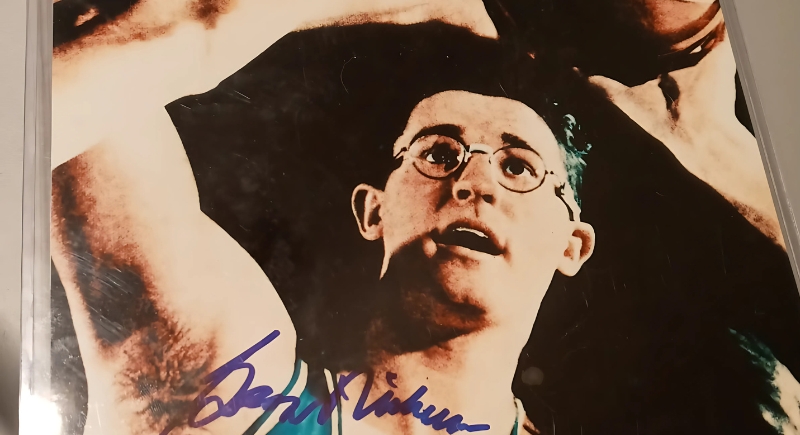
Credit: ebay
In the early days, Mikan’s size overwhelmed opponents and officials alike. Because of his shot blocking, college basketball created goaltending rules. The pros experimented with a wider lane and even once raised rims to 12 feet in a wild test game, though that part of the experiment never stuck.
Allen Iverson – Basketball
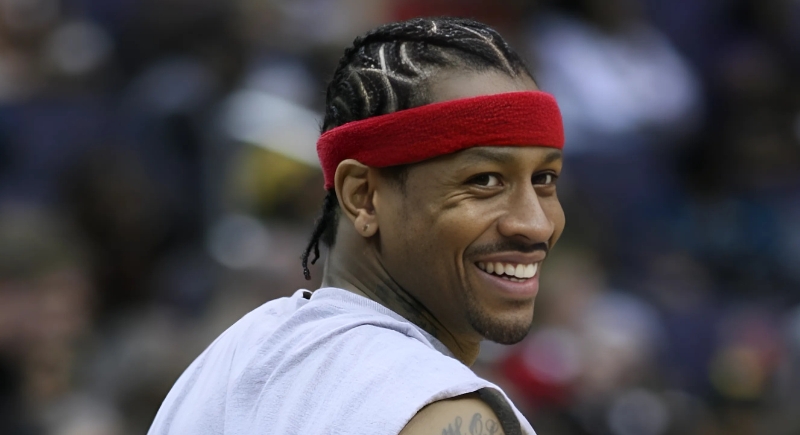
Credit: Wikimedia Commons
Iverson’s signature crossover sent defenders stumbling, but some officials initially called it a carry. The NBA clarified the rules after his moves sparked debates, ultimately legalizing the hesitation dribble that became a staple for guards. His impact reshaped perimeter play and influenced generations of ballhandlers.
Leroy Edwards – Basketball
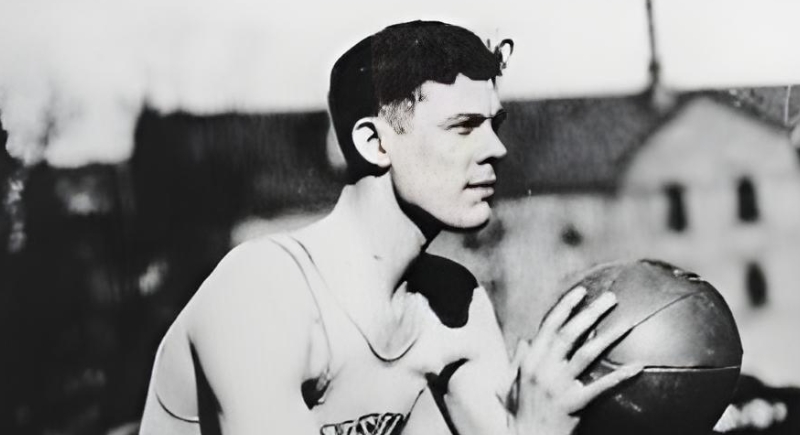
Credit: Wikipedia
In the 1930s, Edwards controlled the paint so thoroughly that the National Basketball League added the three-second rule. This prevented players from parking under the basket indefinitely. His scoring average dropped after the change, but it created a new rhythm for post play that basketball still uses today.
Tiger Woods – Golf
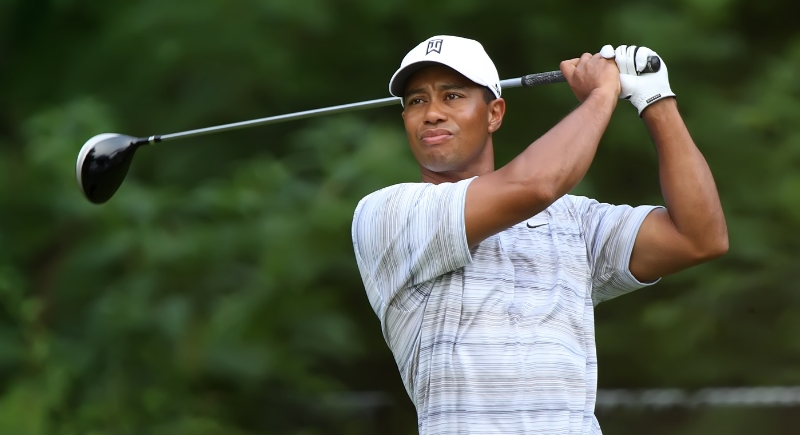
Credit: Wikimedia Commons
After Woods crushed the field at the 1997 Masters, Augusta National was overhauled. Holes were lengthened, trees were added, and roughs were allowed to grow thicker. “Tiger‑proofing” made the course tougher for everyone.
Bob Gibson – Basketball

Credit: ebay
Gibson’s 1968 season, with a 1.12 ERA, left hitters helpless. Baseball responded by lowering the pitcher’s mound from 15 inches to 10 inches to help batters. The following season saw offense rebound across the league, yet Gibson remained effective.
Ed Walsh – Baseball
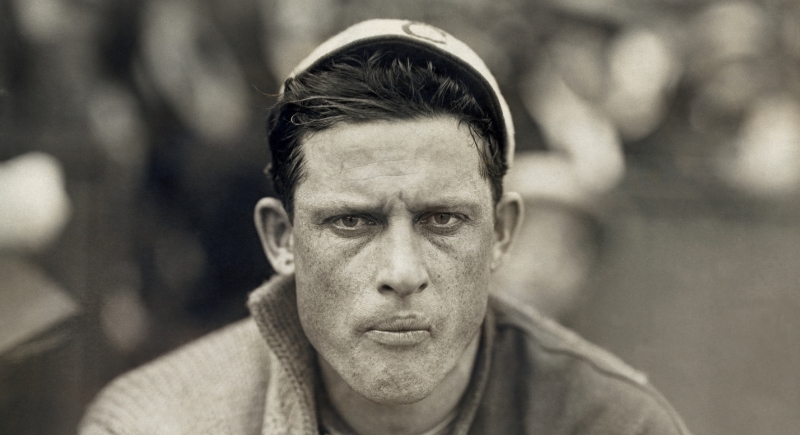
Credit: Wikipedia
Before 1920, Walsh baffled hitters with a spitball, and soon others joined him. Offense collapsed and forced the league to outlaw the pitch, though a few veterans were allowed to keep throwing it. His career is forever tied to a style of pitching the sport had to rein in.
Candy Cummings – Baseball
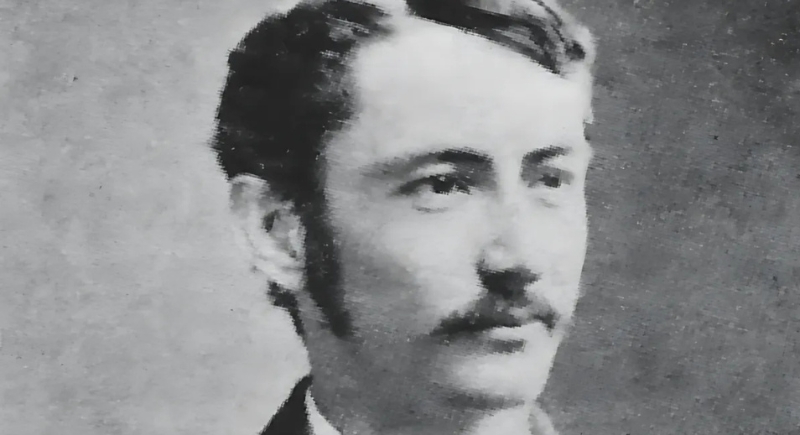
Credit: Wikimedia Commons
Cummings tinkered with grip and delivery to create the curveball, which left batters flailing. Some considered the movement deceptive and briefly banned it in fear that the game would tilt too far. When it returned, it became a staple, but for a moment, his idea felt almost too strange to allow.
Bobby Hull and Stan Mikita – Hockey
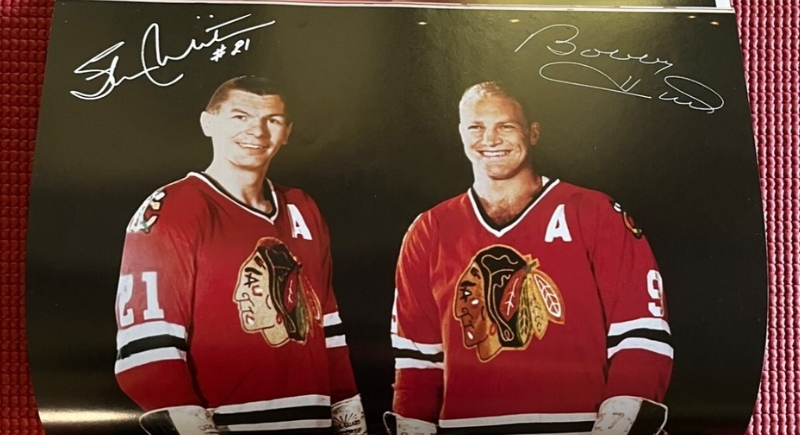
Credit: ebay
Their experiments with curved blades sent pucks darting in unpredictable ways. Goalies complained as shots zigged at impossible angles, and the league finally set strict limits on blade curvature. Even after the rule, the “banana blade” era forced equipment makers and goalies to rethink technique and gear.
Martin Brodeur – Hockey
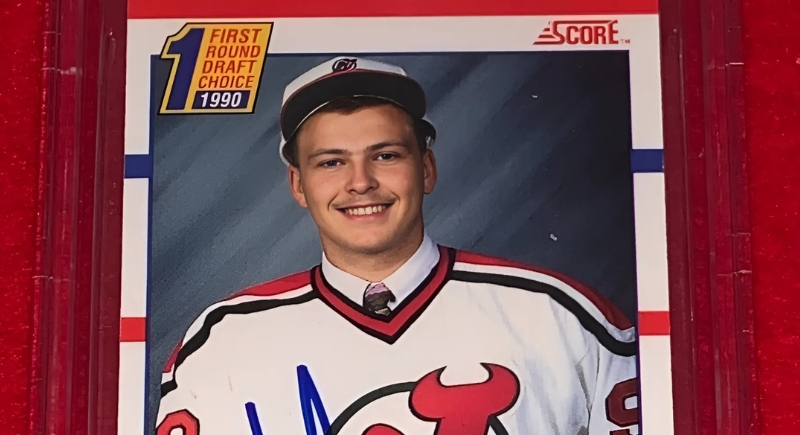
Credit: ebay
Brodeur’s puck‑handling gave the New Jersey Devils a strategic edge by letting him act as an extra defenseman. The NHL added a trapezoid behind the net in 2005, restricting where goalies could play the puck. It reshaped strategies around dump‑ins and forced teams to adjust their offensive zone entries significantly.
Darryl Dawkins – Basketball
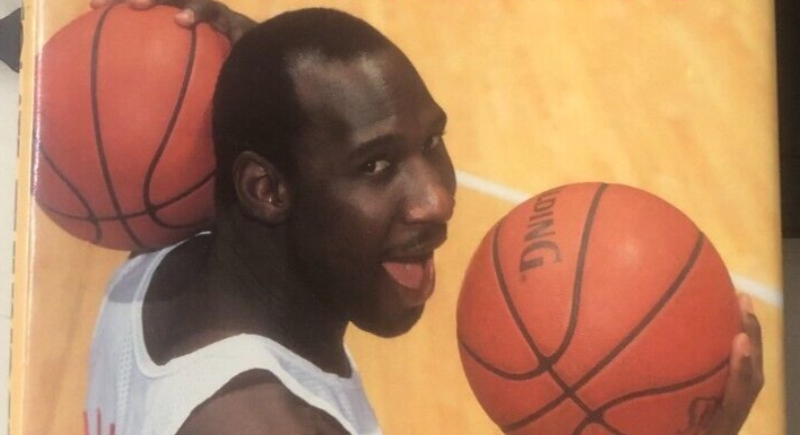
Credit: ebay
Backboards didn’t stand a chance when Dawkins hammered down dunks in 1979. Two shattered rims later, the league issued fines, suspensions, and eventually introduced breakaway rims that bent safely under force. His style remained, but arenas everywhere breathed easier knowing the glass wouldn’t explode mid‑game anymore.
Wayne Gretzky – Hockey
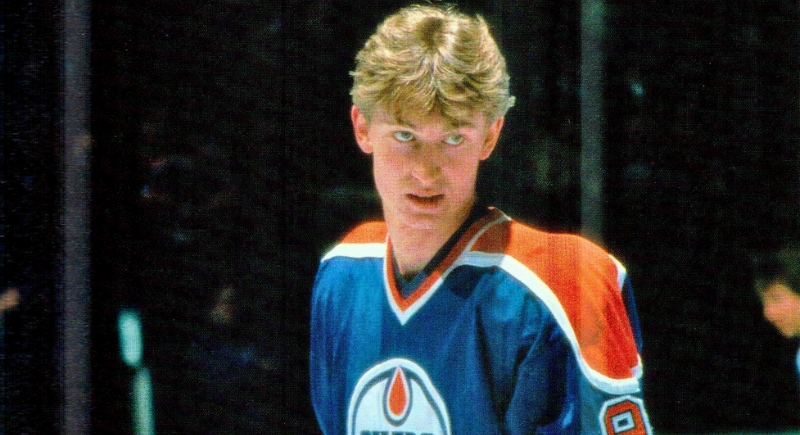
Credit: flickr
Gretzky’s vision made four‑on‑four situations too dangerous for opponents. The NHL responded by letting teams stay at full strength after offsetting penalties, a direct attempt to curb his advantage. The rule didn’t last, but it showed how one player could make an entire league rethink balance.
Ray “Boom Boom” Mancini – Boxing

Credit: ebay
After a 1982 fight ended tragically with the death of Kim Duk‑Koo, boxing reduced championship bouts from 15 rounds to 12. The change aimed to protect fighters from exhaustion-induced injuries. Mancini’s career carried on under the new structure, but the event reshaped how the sport prioritizes safety during long matches.